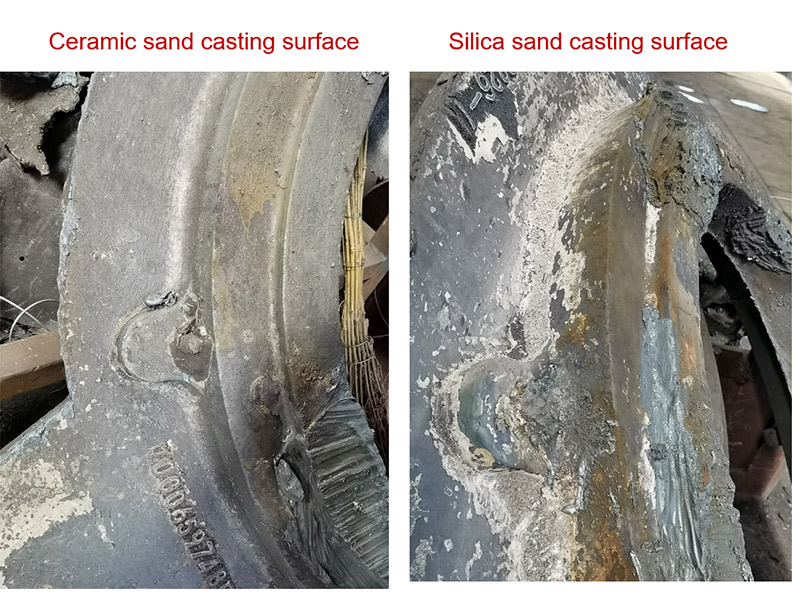Wet Sanding 3D Prints Achieving a Smooth Finish
3D printing has revolutionized the way we create objects, allowing for intricate designs and rapid prototyping. However, one of the challenges that many enthusiasts and professionals face is achieving a smooth, aesthetically pleasing finish on their printed pieces. Wet sanding is a technique that can elevate the quality of 3D prints significantly, and understanding how to do it properly can enhance your project outcomes tremendously.
Wet Sanding 3D Prints Achieving a Smooth Finish
To begin the wet sanding process, you'll first want to prepare your 3D print. Ensure that the print is fully cured and free from any loose material. Depending on the material used for printing—be it PLA, ABS, or PETG—you may need to adjust your approach. ABS prints benefit significantly from wet sanding due to the material’s chemical properties, making it more malleable when exposed to water. On the other hand, PLA can also benefit from wet sanding but may require more care to avoid deforming the print.
wet sanding 3d prints

Once your print is prepped, gather your materials. You'll need a variety of sandpaper grits, typically starting with a coarser grit around 400-600 and progressively moving to finer grits such as 1500 or 2000 for a polished finish. Soak the sandpaper in water for several minutes before beginning. This helps to soften the grit and reduces the chances of scratching the surface too deeply.
The technique involves gently sanding the surface in a circular motion, applying even pressure. It is essential to keep the area moist during the process to ensure that the sandpaper glides smoothly over the print. You’ll notice that the layer lines begin to disappear as you sand, but patience is crucial. Rushing can lead to uneven surfaces or gouging, which is counterproductive to the goal of achieving a perfect finish.
After finishing the sanding process with your finest grit, rinse the print under water to remove any remaining debris and let it dry. You may opt to apply an additional treatment, such as a spray primer or paint, to enhance the finish further and protect the surface. This can also provide an extra layer of smoothness and color.
In conclusion, wet sanding is a highly effective technique for achieving a smooth and professional-looking finish on 3D prints. With a little practice, patience, and attention to detail, you can elevate your 3D printed creations to a whole new level of sophistication, making them not only functional but also visually appealing. Whether you are a hobbyist or a professional, incorporating wet sanding into your finishing process can lead to impressive results.
Post time:Сеп . 15, 2024 04:11
Next:ceramsite foundry sand
